Introduction
Welcome to the captivating world of Ukiyo-e, a genre of Japanese art that has gracefully transcended time, leaving an indelible mark on the canvas of cultural history. In this exploration, we embark on a journey to unravel the mysteries of Ukiyo-e, its evolution, and the luminaries who breathed life into this mesmerizing art form.
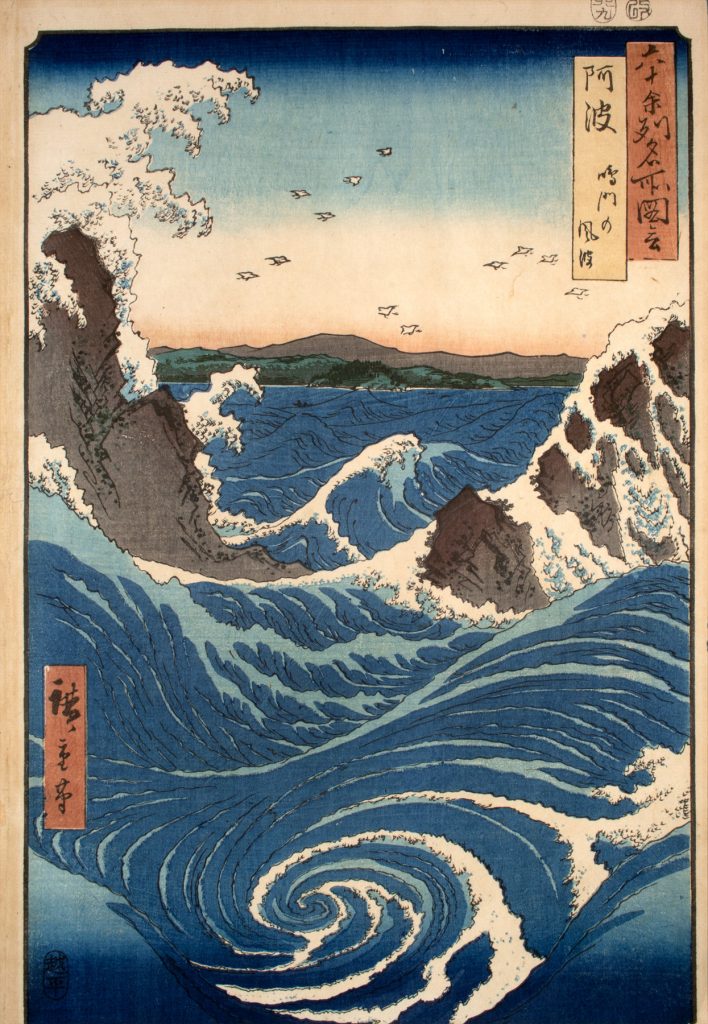
What is Ukiyo-e?
Ukiyo-e, translated as “pictures of the floating world,” and originated in the bustling urban centers of Edo (modern-day Tokyo) during the Edo period (1603-1868). Also known as Japanese Woodblock it emerged as an art form that captured the vibrant and transient aspects of urban life, depicting scenes of entertainment, theater, beautiful women, landscapes, and more.
Evolution of Uikiyo-e Over Time
The roots of Ukiyo-e can be traced back to the early 17th century, with artists like Hishikawa Moronobu pioneering the art of woodblock printing. Initially, these prints were monochromatic, employing only black ink. However, as the art form evolved, so did its palette. The introduction of color woodblock printing, known as nishiki-e, marked a revolutionary shift, bringing a vivid spectrum to Ukiyo-e art.
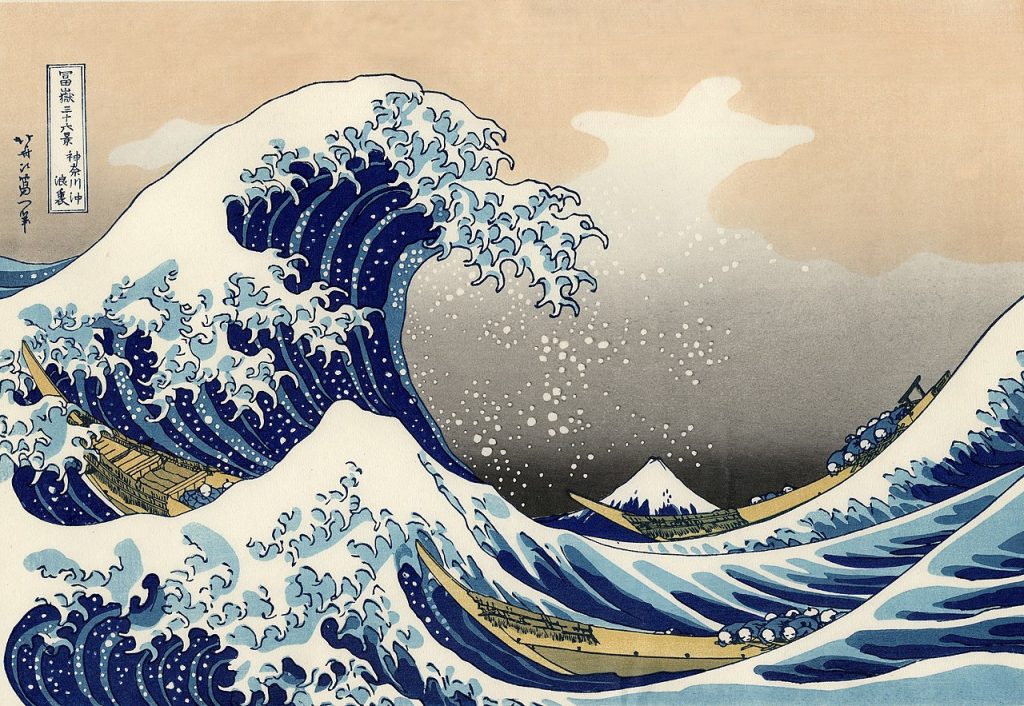
Masters of Ukiyo-e Art
No discussion of Ukiyo-e is complete without paying homage to its maestros. Artists like Katsushika Hokusai, renowned for his iconic series “Thirty-Six Views of Mount Fuji,” and Utagawa Hiroshige, whose “The Fifty-Three Stations of the Tōkaidō” remains a masterpiece, contributed significantly to the genre.
For a deeper dive here are the 11 Most Influential Ukiyo-e Artists: Masters of Japanese Woodblock Prints.
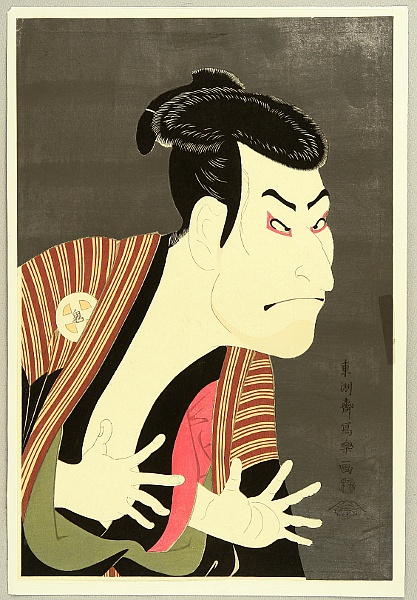
The Allure of Ukiyo-e Subjects
Ukiyo-e prints often featured captivating subjects, each laden with symbolic meaning. The “bijin-ga” genre showcased beautiful women, portraying ideals of femininity. Kabuki actors, courtesans, and landscapes were also recurrent themes, reflecting the pulse of urban life and the natural world.
Influence from Traditional Japanese Art
Ukiyo-e drew inspiration from traditional Japanese art forms. The delicate lines and intricate details found in ukiyo-e prints echo the techniques seen in classical Japanese ink paintings. The compositional elements often mirror those in traditional hanging scrolls and folding screens.
The Technological Marvel of Woodblock Printing
At the heart of Ukiyo-e lies the ingenious technique of woodblock printing. Artists collaborated with skilled carvers and printers to bring their visions to life. Multiple woodblocks, each carrying a different color, were precisely aligned to create the final composition. This collaborative process resulted in vibrant, multi-colored prints that captivated viewers.
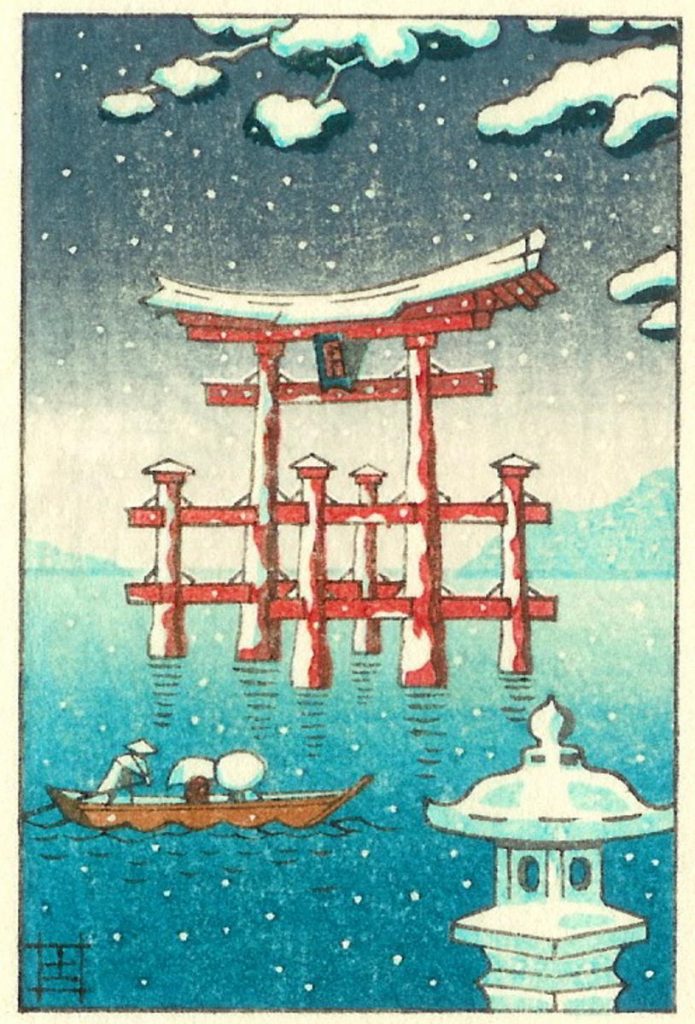
The Mesmerizing Palette of Nishiki-e
Nishiki-e, or full-color woodblock printing, elevated Ukiyo-e to new heights. The intricate layering of colors added depth and nuance to the prints. Artists experimented with pigments, producing a stunning array of hues that breathed life into their creations. The allure of the floating world was now rendered in a kaleidoscope of colors.
Legacy and Contemporary Impact
While the Edo period marked the zenith of Ukiyo-e, its legacy endures. The mesmerizing prints continue to inspire contemporary artists worldwide. Beyond Japan, the profound influence of Ukiyo-e is evident in movements like Japonisme, where Western artists like Vincent van Gogh and Claude Monet drew inspiration from Japanese woodblock prints.
For a deeper dive: From Japan to the World: The Global Influence of Ukiyo-e Art
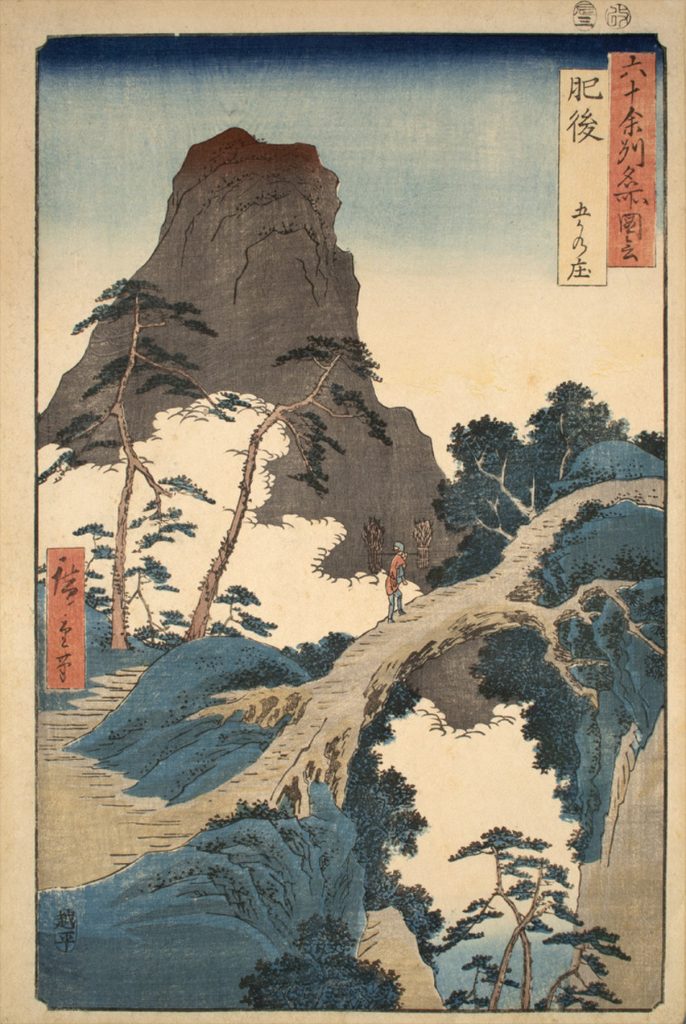
Conclusion
Ukiyo-e is a world where tradition and innovation converge. The vivid hues, intricate details, and timeless subjects encapsulate the spirit of an era, inviting us to witness the ephemeral beauty of the floating world through the eyes of artistic masters. Ukiyo-e stands not only as a testament to the past but as a living testament to the enduring power of art to transcend time and captivate the human soul.
Looking to start your own ukiyo-e collection? Be sure to read Collecting Ukiyo-e Art: A Guide for Beginners.
Read more:
- Where Can I Buy Ukiyo-e Art? Here’s where to find those rare prints
- 6 of the Most Prominent Mount Fuji Ukiyo-e Art Prints
- From Sacred Entrances to Artistic Marvels: The Enchanting World of Torii Gates in Japan
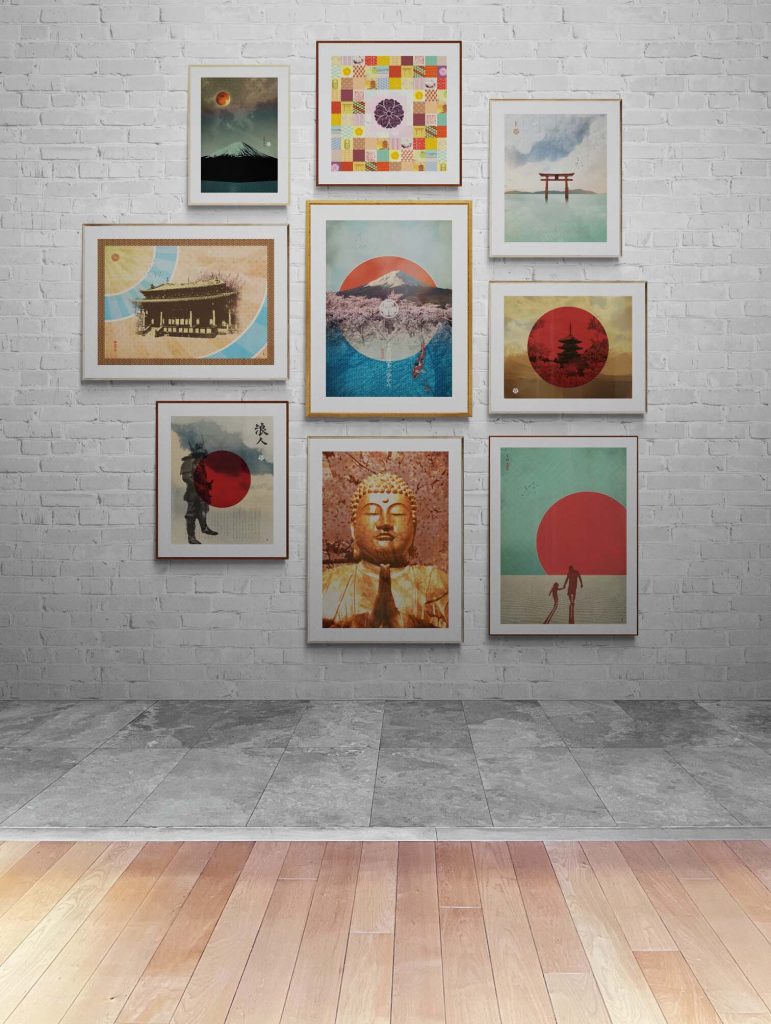
At the Art of Zen we have a wide selection of original Japanese art prints in the ukiyo-e and Japandi style. Some of our best selling work are Mount Fuji wall art and Japandi wall art .
Add some zen to your space with some art from the Art of Zen shop.
Featured image at top of Fukaku Shinobu Koi by Kitagawa Utamaro
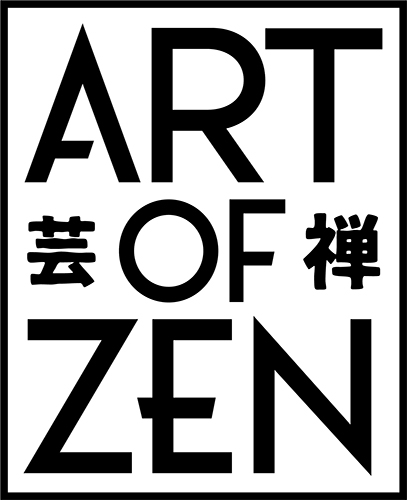
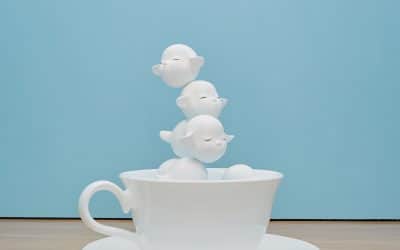
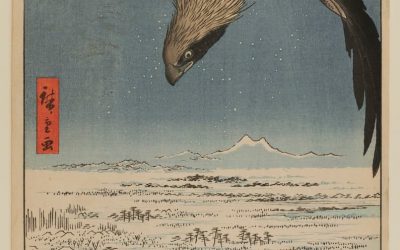
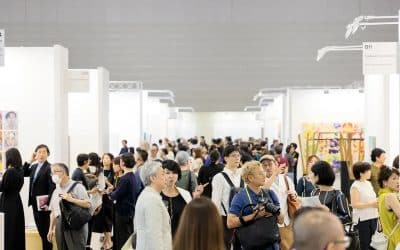
0 Comments